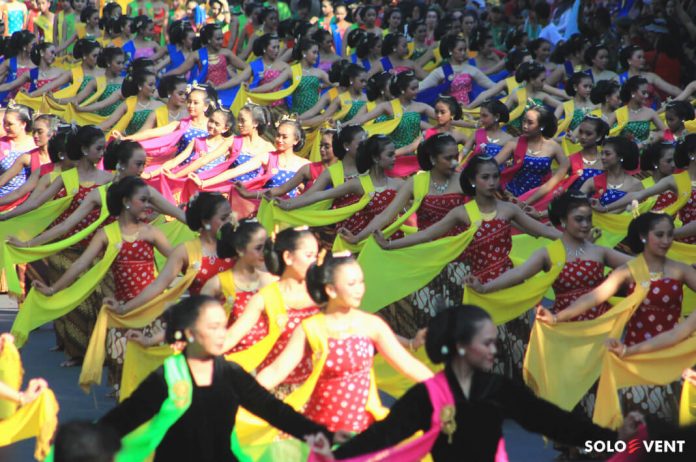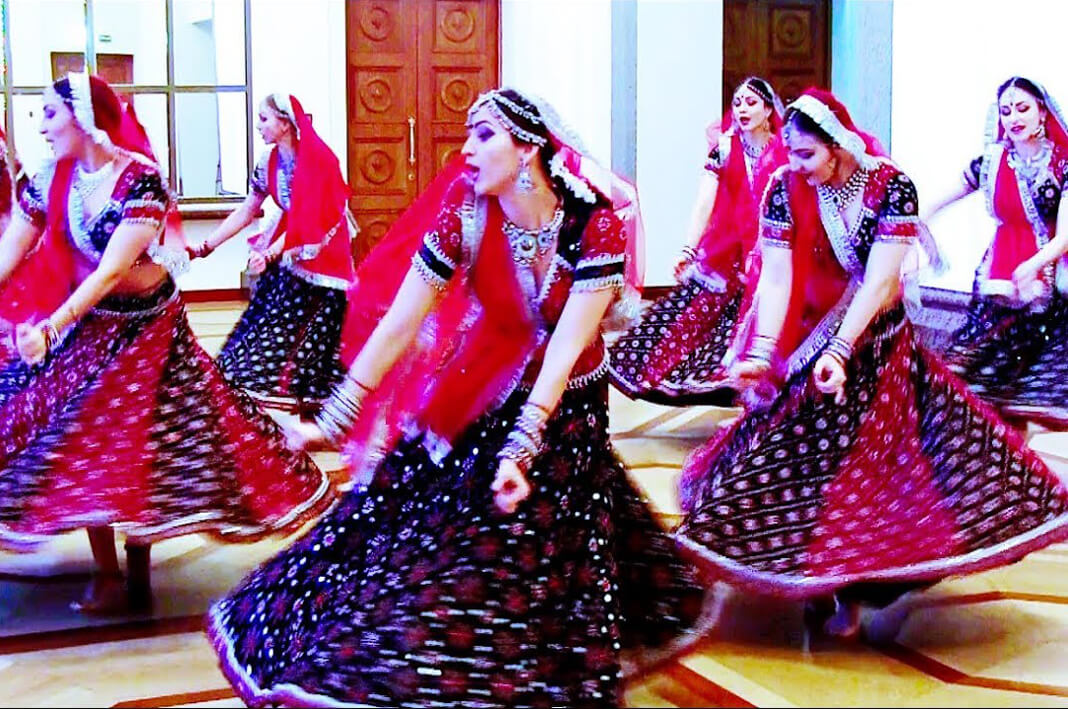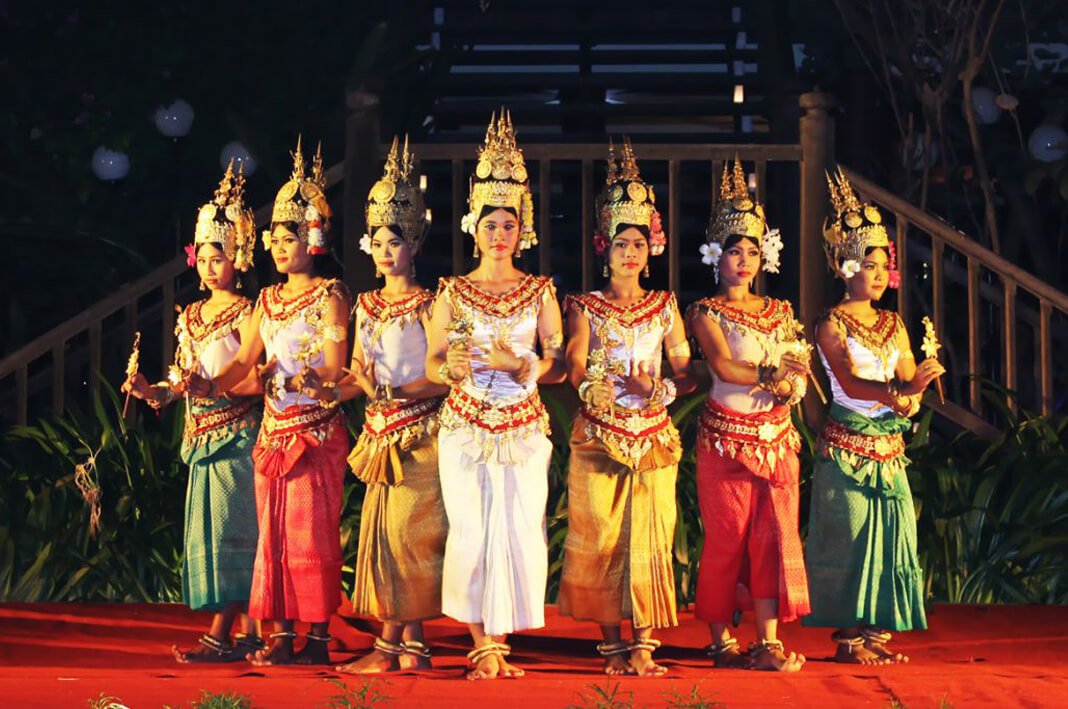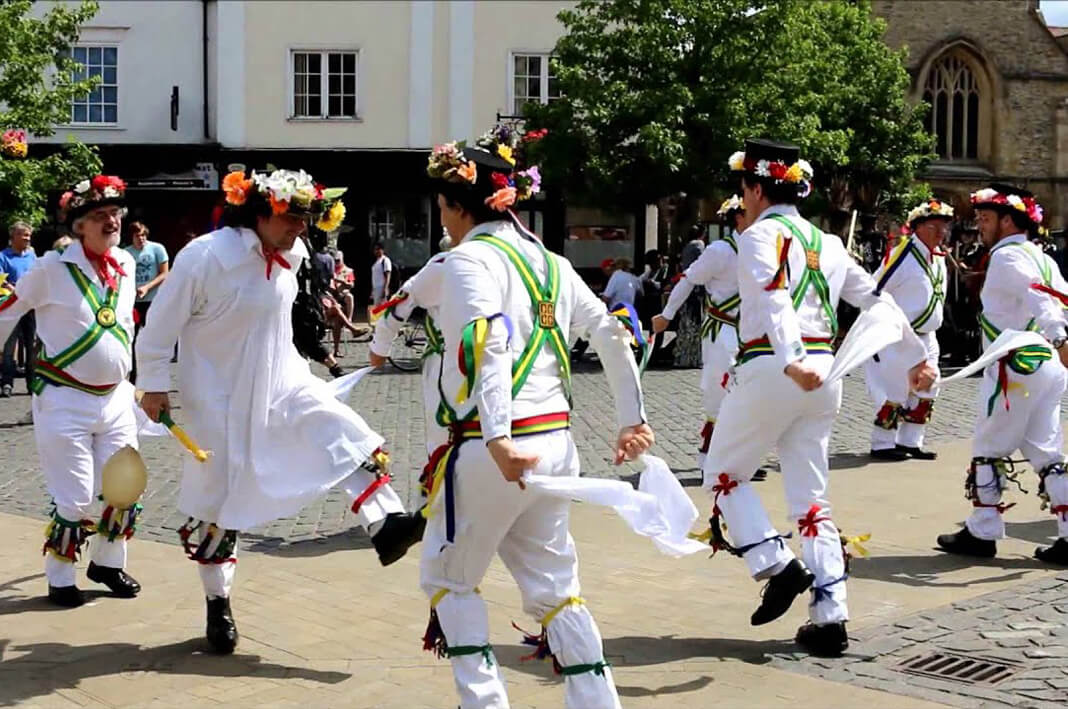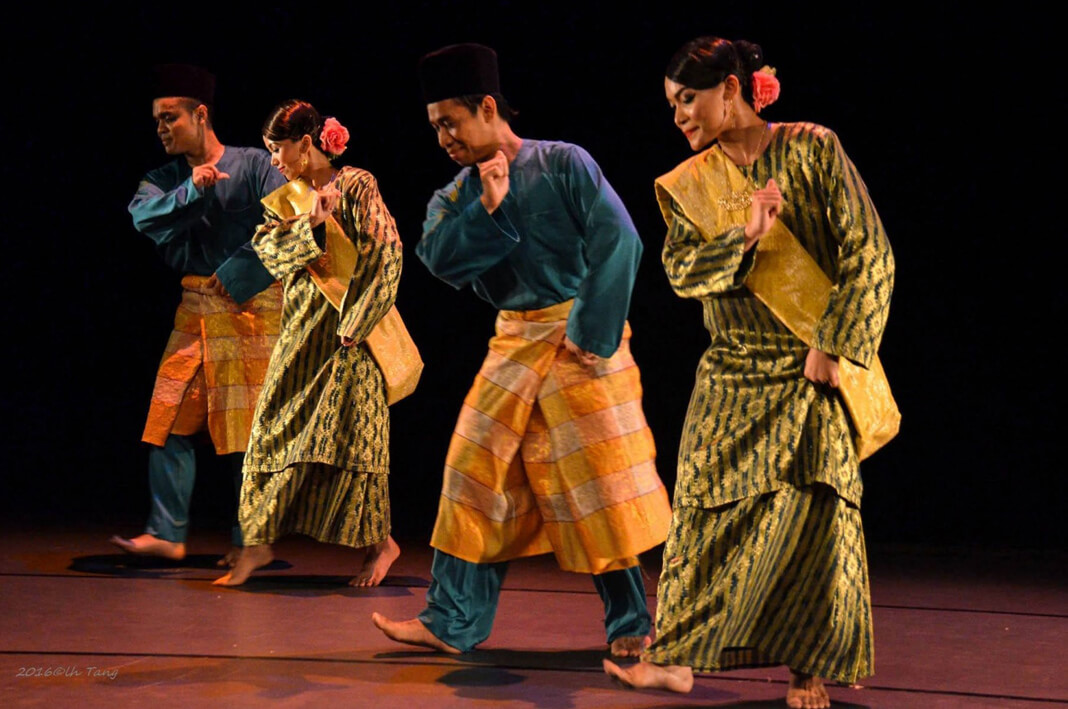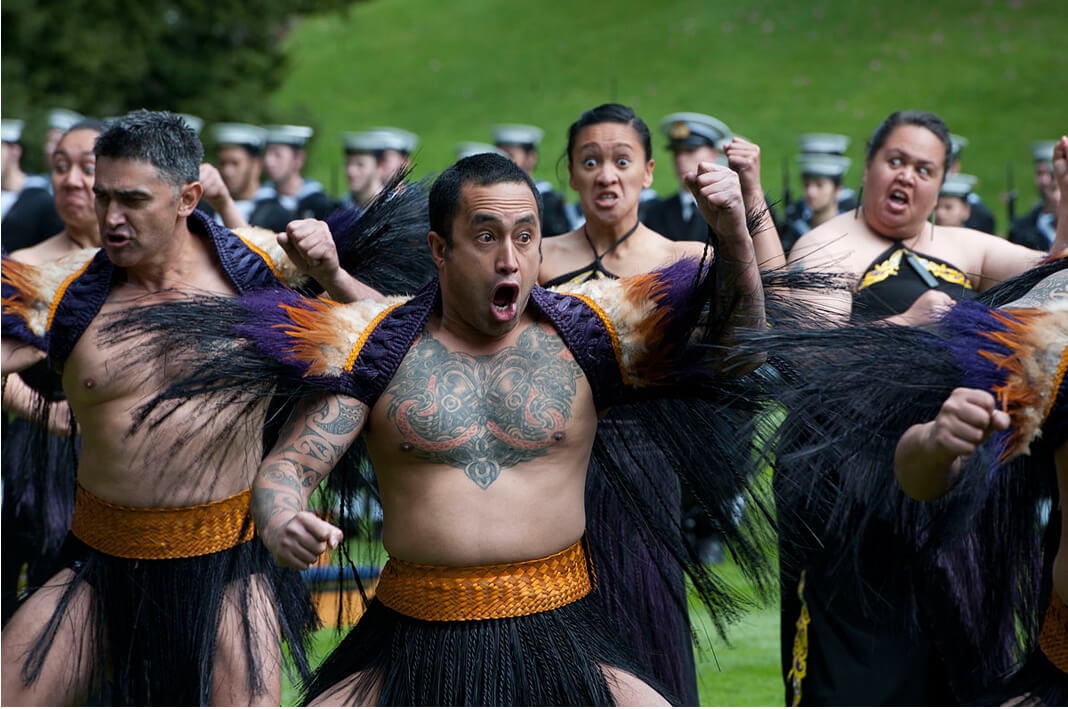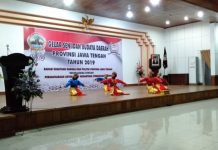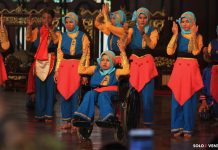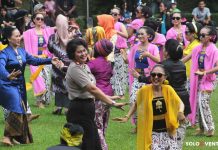Soloevent.id – Every April 29, the international community commemorates World Dance Day, including Indonesia. In Solo, there are two events that enliven World Dance Day, namely the Solo 24-Hour dancing and Solo Dancing. The program often performed Indonesian dances, such as Gambyong, Kecak, Bedhaya, and etc.
Talking about typical dances, every country have their own distinctive dance. Hre are some kinds of traditional dance in various countries.
-
Kabuki dance, Japan
Kabuki is one of the most popular traditional dances in Japan. Classical dance has been around since the Tenno (Japanese emperor) era until now.
The typical movement of Kabuki dance lies in very soft footsteps. There are three basic movements in Kabuki, namely circular motions, hand movements, and head movements. Kabuki dancers are made up of in a striking and luxurious manner.
By UNESCO, Kabuki dance has been established as an oral and non-material cultural heritage of humans.
-
Ghoomar dance, India
If you like to watch Bollywood movies, maybe you are familiar with this one dance. Traditional dances typical of the South Indian region are usually held in Rajasthan.
As the name implies, it means many rounds, this dance uses circular movements. This dance is usually danced by women wearing saris (Indian clothes) and accompanied by cheerful rhythmic music.
-
Flamenco dance, Spain
This traditional dance is full of enthusiasm. When the dancer appears, you will hear the sound of the guitar, the beat of the foot, and the clapping of hands.
The costume worn is also very distinctive, brightly colored and has a tail like a wedding dress. This dance is usually done in pairs. This dance is similar to salsa.
-
Apsara Dance, Cambodia
Apsara dance is a graceful classical dance and is famous for its elegant movements. During the show, every dancer must wear a dress that is very complicated and weighs about 10 kilograms.
This Cambodian dance is also commonly called Apsara Angel.
-
Morris Dance, England
Morris is an English folk dance. When displayed, Morris is accompanied by the rhythm of traditional music.
This dance was only performed by male dancers. Usually the costumes they wear are white clothes, hats with floral decorations, and two-color slings that are pinned by a small bell.
-
Zapin Dance, Malaysia
Originally from Johor, Malaysia, Zapin has the meaning of footwork. Initially, this dance was used as an entertainment dance in the palace. That said, this dance was brought from the Hadramaut of South Yemen by Arab traders in the 13th century.
This dance at that time aimed to spread knowledge about Islamic civilization. Until now, Zapin is still often performed at various state events.
-
Tari Haka, New Zealand
In ancient times, Haka dance was only carried out by Maori tribes in New Zealand. This dance is usually done before fighting and after winning the war. This dance is used as a tribute.
Haka is danced with the pounding of hard feet, protruding tongue, and a rhythmic pat on the body to accompany loud singing.


